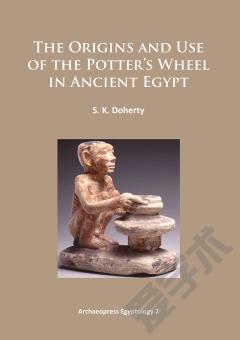The Origins and Use of the Potter’s Wheel in Ancient Egypt
The invention of the wheel is often highlighted as one of humankinds’ most significant inventions. Wheels do not exist in nature, and so can be viewed entirely as a human-inspired invention. Machinery too, was relatively rare in the ancient world. The potter’s wheel is arguably the most significant machine introduced into Egypt, second only perhaps to the drill, the loom and the bellows for smelting metal. In Predynastic Egypt (c3500 B.C.), the traditional methods of hand-building pottery vessels were already successful in producing pottery vessels of high quality on a large scale for the domestic market, so it would seem that the potter’s wheel was a rather superfluous invention. However, the impact of this innovation would not just have affected the Egyptian potters themselves learning a new skill, but also signalled the beginnings of a more complex and technologically advanced society. Despite many years work on the technology of pottery production it is perhaps surprising that the origins of the potter’s wheel in Egypt have yet to be determined. This present project seeks to rectify this situation by determining when the potter’s wheel was introduced into Egypt, establishing in what contexts wheel thrown pottery occurs, and considering the reasons why the Egyptians introduced the wheel when a well-established hand making pottery industry already existed.
{{comment.content}}








 京公网安备 11010802027623号
京公网安备 11010802027623号